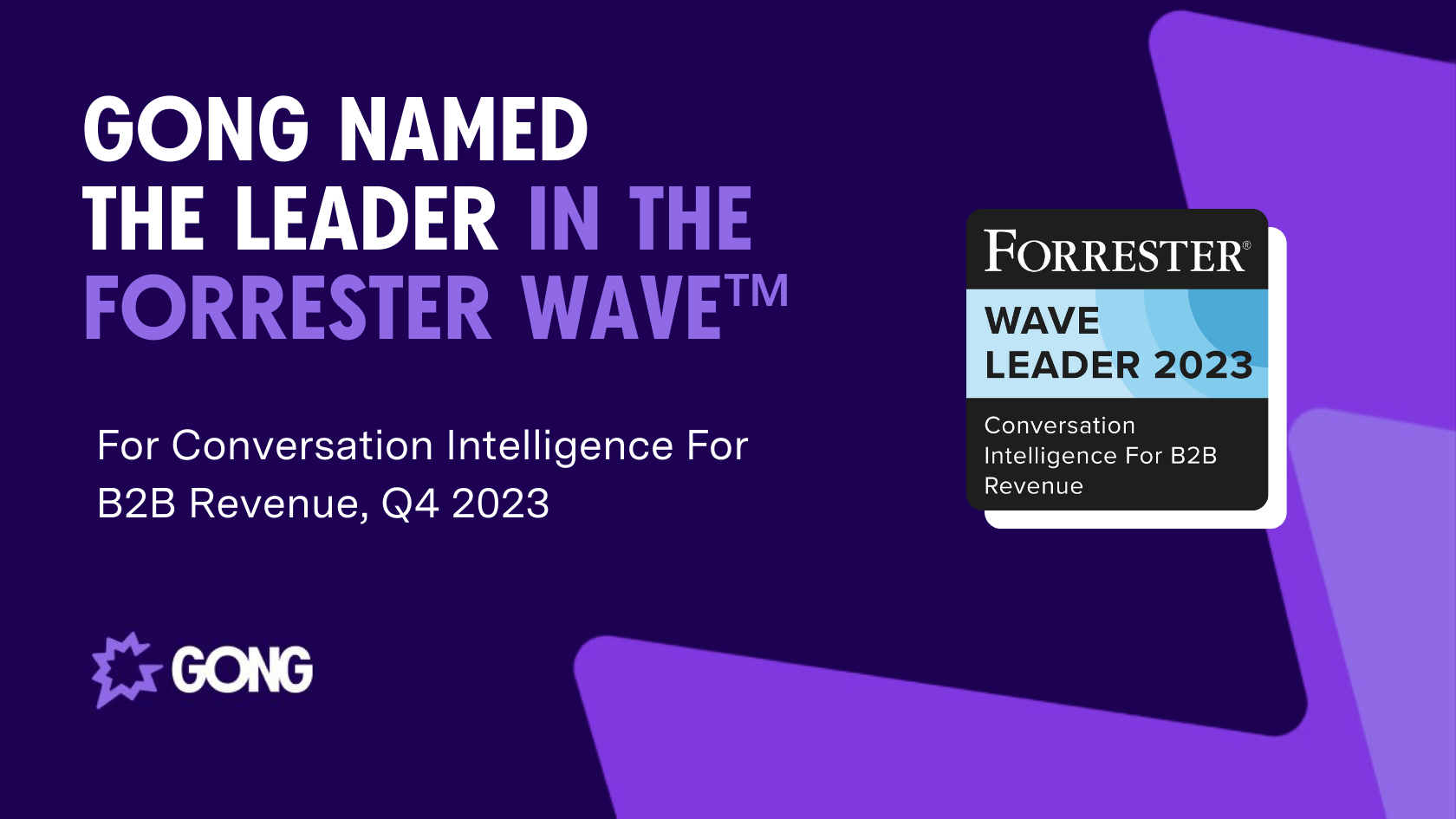The Three Pillars of a Sales Enablement Manager
The mission of sales enablement can be summed up in one sentence:
To help the sales team sell better from the time each sales rep is brought on board, to the time they decide to leave the company.
That mission is best measured in maximizing revenue per rep.
Although we can summarize sales enablement in one concise sentence, there is still a lot to unpack.
After spending time in sales enablement management, and after interviewing 26 different sales enablement managers to better understand their roles, I feel I have a strong grasp on the specific tasks, activities, and roles that make up the sales enablement manager.
Here’s what I’ve learned about sales training and sales organizations, summed up in the “three pillars of sales enablement.”
Pillar One: Sales Enablement Professionals Must Be Effective
Sales effectiveness is pillar one for a reason: it’s the most common, and most important pillar of sales enablement.
It has to do with helping your sales reps sell better (as opposed to faster or more efficiently).
“Sales effectiveness” in itself can be unpacked into multiple tasks, activities, and roles.
Sales Training
This sub-role is best described as coaching and training the sales team on how to have more effective sales conversations, sales methodologies, and other sales skills such as negotiation and even proposal writing.
Some sales enablement management teams don’t include sales training in their roles. That’s a mistake. The purpose of sales enablement is to introduce leverage to the sales team.
Sales training is one of the highest leverage sales activities that exists (when done right).
Sales Onboarding
Look again at the mission of sales enablement:
To help the sales team sell better from the time each sales rep is brought on board, to the time they decide to leave the company.
Notice part of that definition is helping sales reps sell better starting with the time you bring them onboard.
Getting new hires up to speed and reducing velocity to quota is perhaps one of the most commonly shared responsibilities of sales enablement professionals.
Sales Content and Collateral Creation
This could be both content for sales training sessions, as well as collateral that sales reps use during their sales cycles to move deals across the finish line.
It could also be non-market-facing sales tools and cheat sheets, such as competitive battle cards.
Sales conversations between the rep and the prospect are what have the biggest impact in moving prospects through the buyer’s journey. But it’s still a very difficult task to do without sales collateral. Content and collateral act as the “fuel” for the sales process.
Sales collateral and content manifests itself in many ways. Here are some examples:
- Case studies
- Product data sheets
- Competitive comparisons
- Battlecards
- 1st call sales decks
And much more.
The best way sales enablement managers can become better at sales effectiveness is by getting on as many sales calls as they can to understand how content and collateral is being used, common questions buyers have, and how well messaging is resonating. After all, the best sales training comes from people who have first-hand experience.
Pillar Two: Sales Enablement Professionals Must be Efficient
Helping sales reps sell better “from the time you bring them on board to the time they decide to leave the company” goes beyond making them more effective (though that’s where most of the leverage lies).
The next pillar lies in making sales more efficient.
Sales enablement should work toward cutting away any overhead or waste that keeps the sales team away from high leverage sales activities.
This could be introducing sales tools and technologies, making the CRM more efficient, reducing meetings, simplifying expense reporting, etc.
Sales enablement managers should analyze their sales team’s activities and processes, ruthlessly cutting away waste and low leverage tasks.
Making the sales team more effective is worthless if they aren’t spending enough time selling in the first place. That’s where sales efficiency comes in.
Pillar Three: Sales Enablement Professionals Must Have Exceptional Planning and Sales Strategy
The third major pillar of maximizing productivity per sales rep is planning, strategizing, and decision making as it relates to the sales team.
This could be resource allocation (such as sales budgets and territory planning), deciding where to deploy reps, partnering with product marketing on messaging, helping sales understand “when to fight and when to run,” and other strategic activities like competitive analysis.
Sample Sales Enablement Manager Job Description
Position Summary:
As a sales enablement manager, you will be in charge of leading the sales enablement team, working with sales operations, channel operations, and the sales leadership team to create and enhance a best-in-class sales preparation course. A successful candidate will be highly organized, eager to build a structured approach to sales training, and has relevant experience in similar verticals.
Primary Responsibilities:
- Ensure strategic alignment between the sales operations, sales, and marketing departments
- Coach the sales team on best practices and techniques
- Facilitate and assist with sales calls when necessary
- Ensure synergy with technical sales enablement tools for consistency
- Support the sales processes from lead generations to wins and losses
Qualifications:
- Bachelor’s degree or higher required, preferably in business, sales, or marketing
- 3-5 years of direct sales experience or sales support role with experience in team management preferred
- Exceptional communication skills and a team player mindset
- Go-getter attitude and motivated to produce results
- Ability to adapt and excel in a fast-paced work environment
- Ability to effectively multi-task and work on multiple projects simultaneously
To Do Sales Enablement Management Well, You Must First Understand It
Before you can learn to do a job well, you first have to understand what a job entails. This point of this post wasn’t to teach you how to do the job well, but to bring you a higher degree of role clarity.
If there’s anything I missed that you think sales enablement should be responsible for, please do tell me in the comments below.


